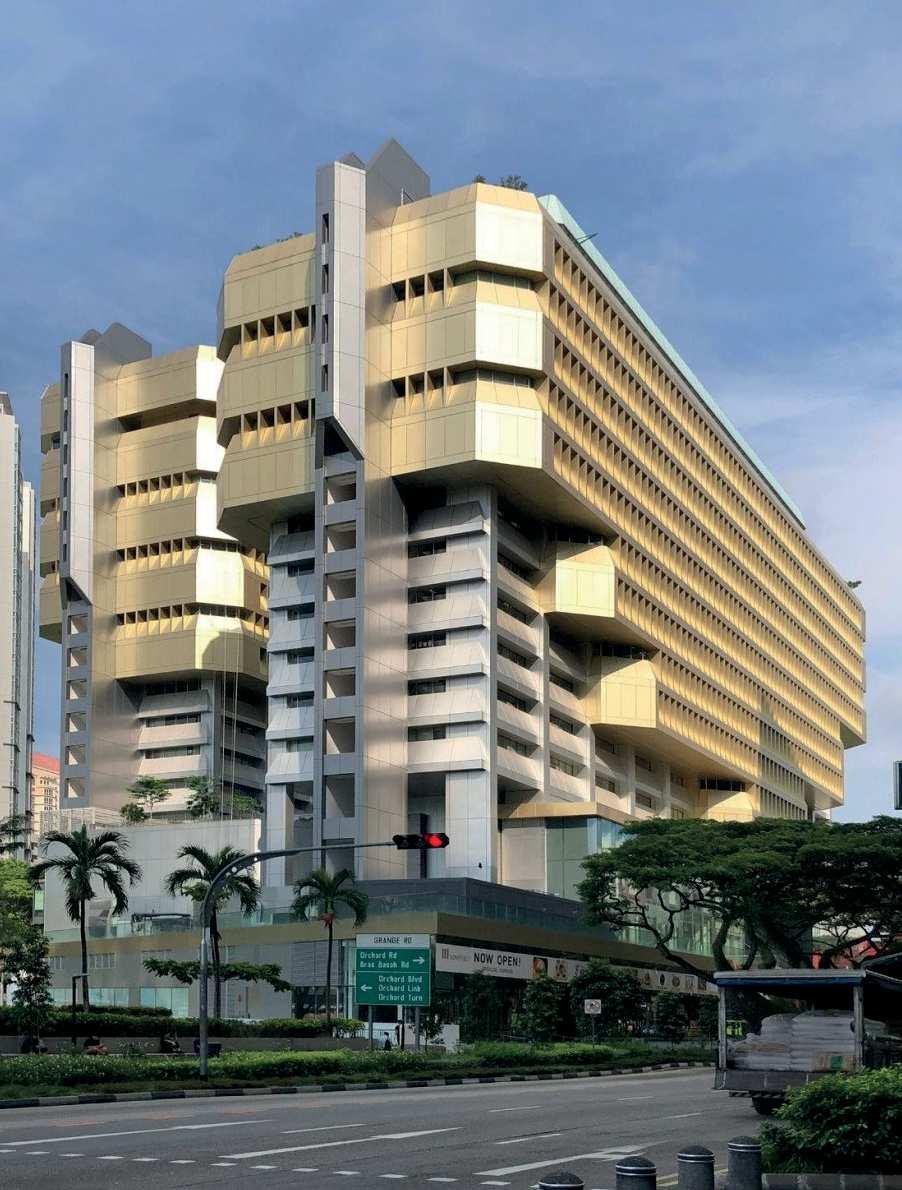
1 minute read
ARCHITECTURAL CHARACTERISTICS
Programmatic Adaptations In reaction to the programmatic spaces required in the working hierarchies of the public service within the building, inverted ziggurat volumes are used. This striated facade expresses the functional distinction of departmental subdivisions that lie within its diff erent levels.
Tropical adaptations With the inverted ziggurat volumes come a deep overhang which acts as a self-standing device for the lower fl oors and public concourse. This staggered facade also opens up views to the exterior and creates voids which act as “breathing spaces” for the users of this massive building. Apart from this the building off ers several naturally ventilated spaces. The two volumes sandwich a central service core in a huge H-block plan, forming open courtyards. This is also seen in the strong infl uence of Le Corbusier’s ideas in pilotis which raise the two large volumes, forming a naturallyventilated public lobby.
Advertisement
Finally, the brutalist building had deeply recessed windows, and the walls and columns were fi nished with square mosaic and rectangular ceramic tiles. These were later cladded with aluminium in response to its post-modern surroundings.
In summary, these distinct brutalist features of the Singapore Power Building were a reaction to our tropical climate and the programmatic functions it hosted.


Rhinoceros model





